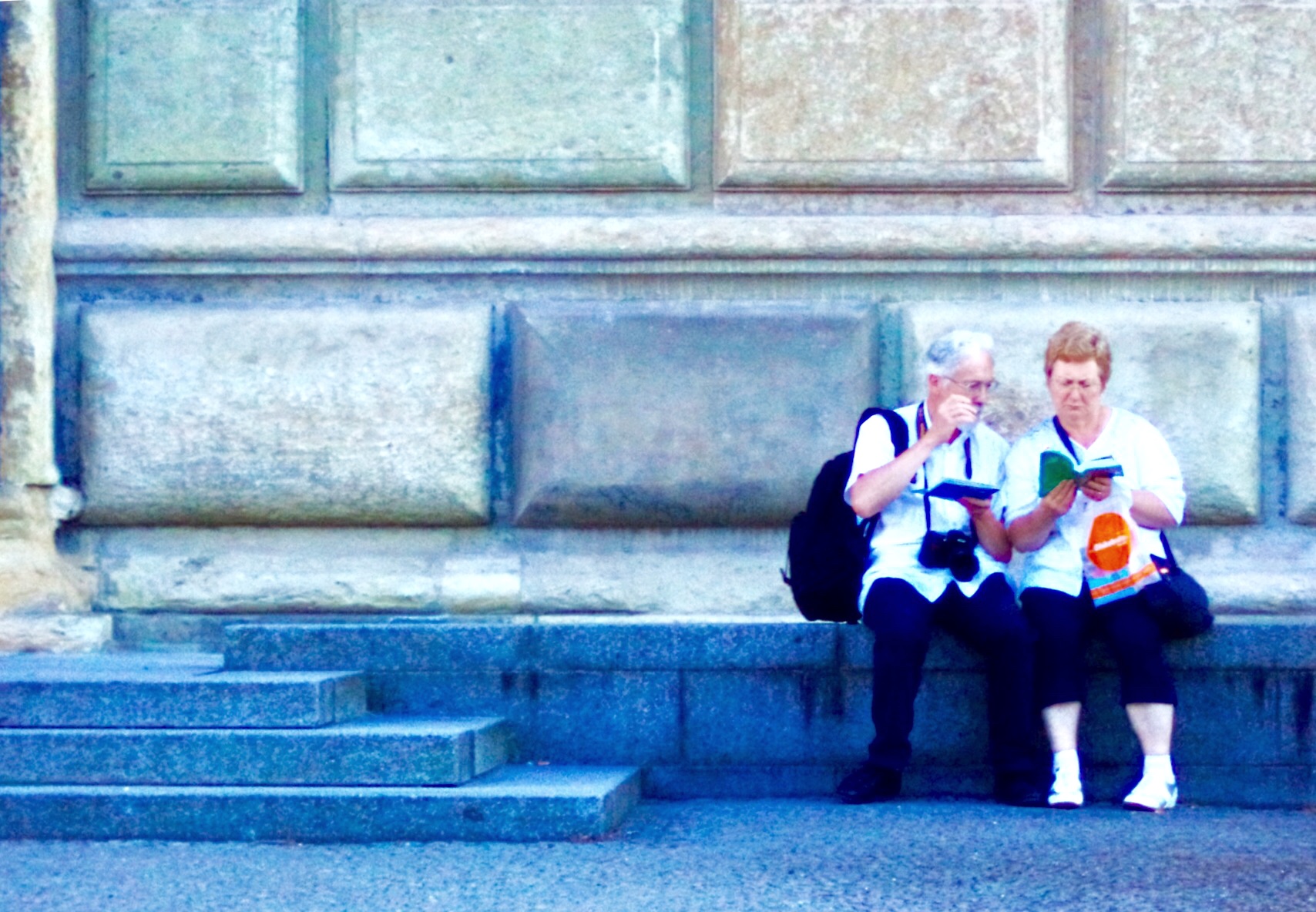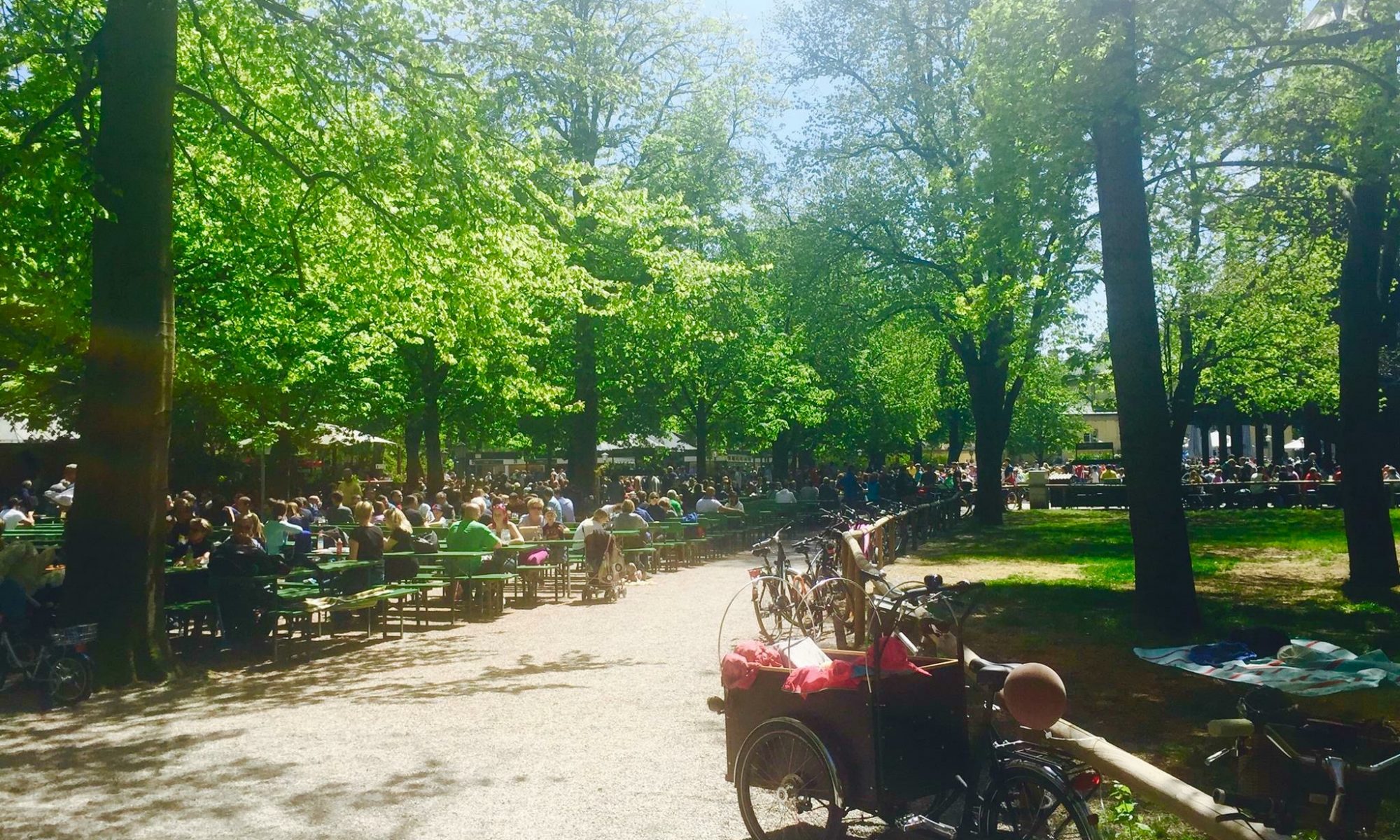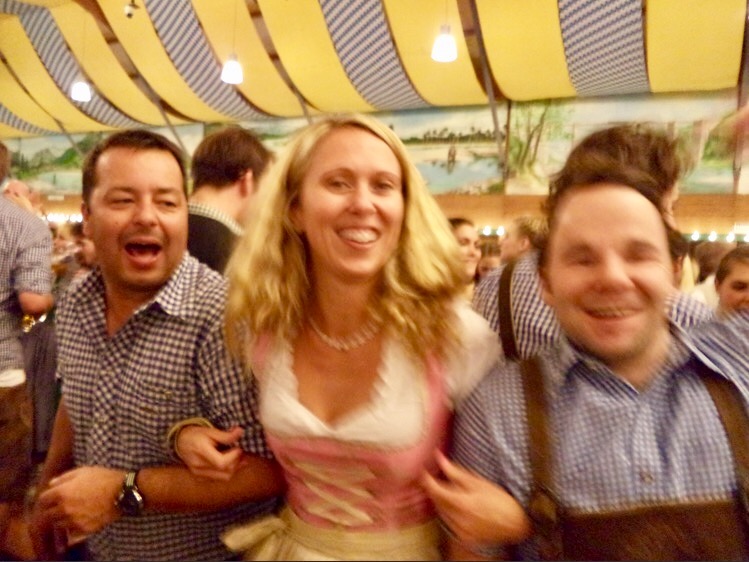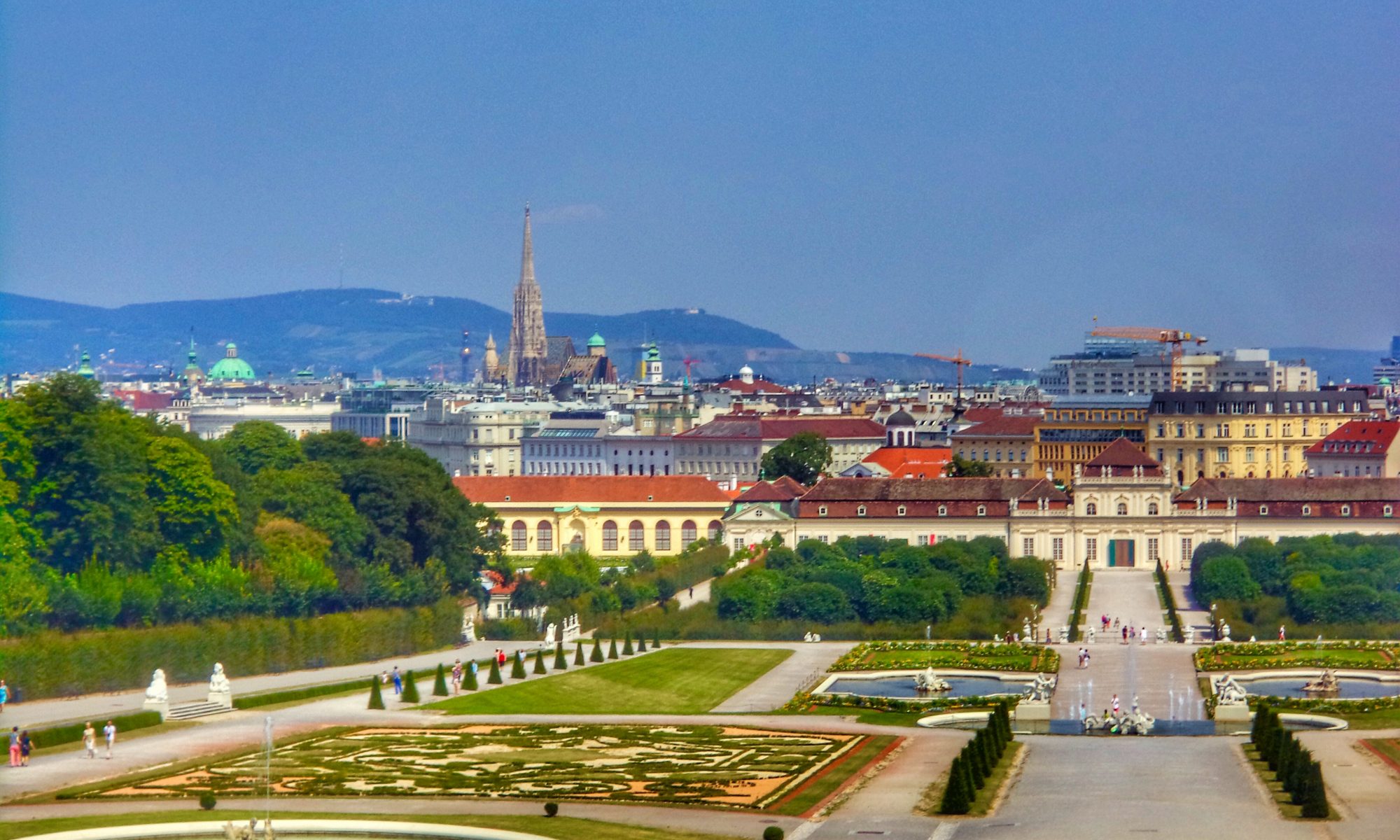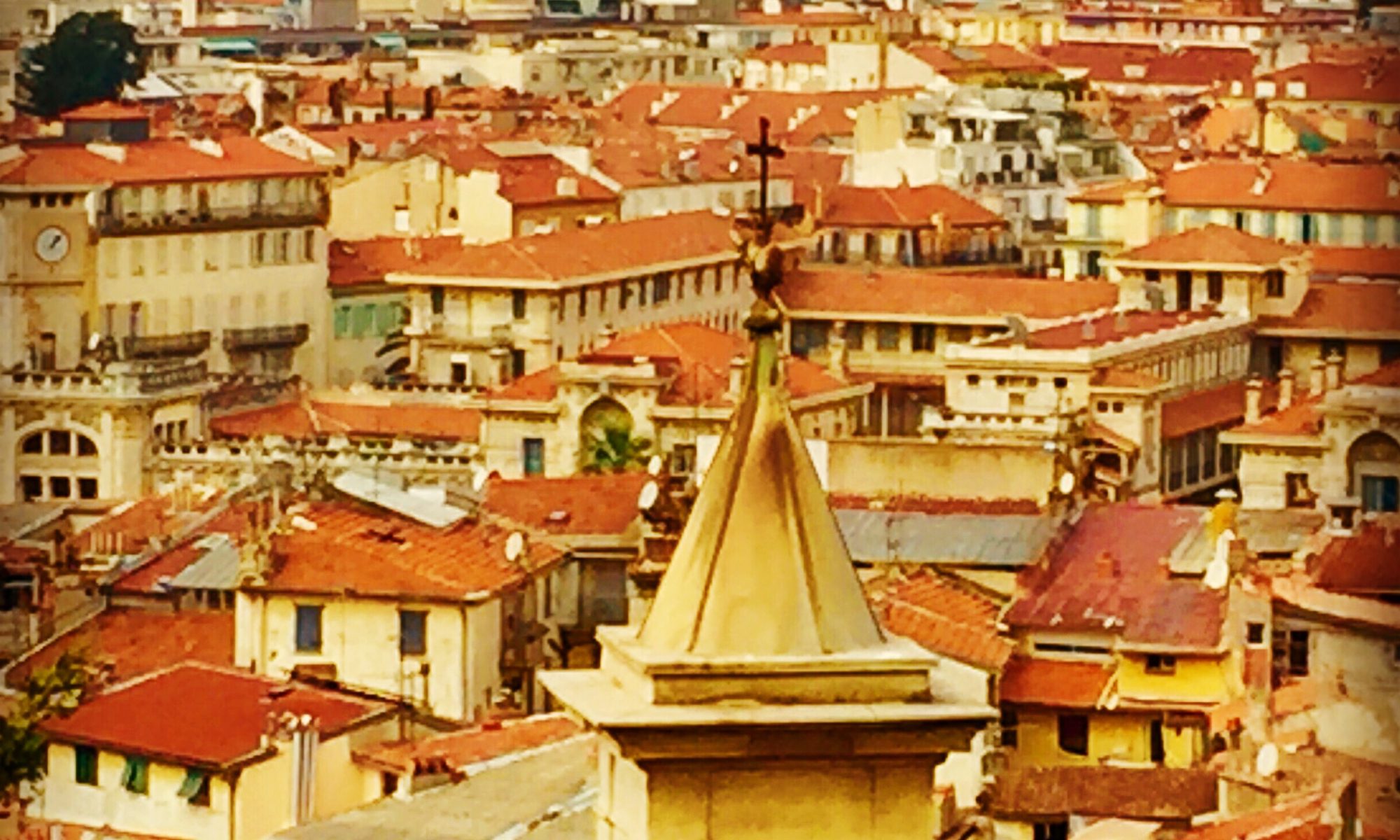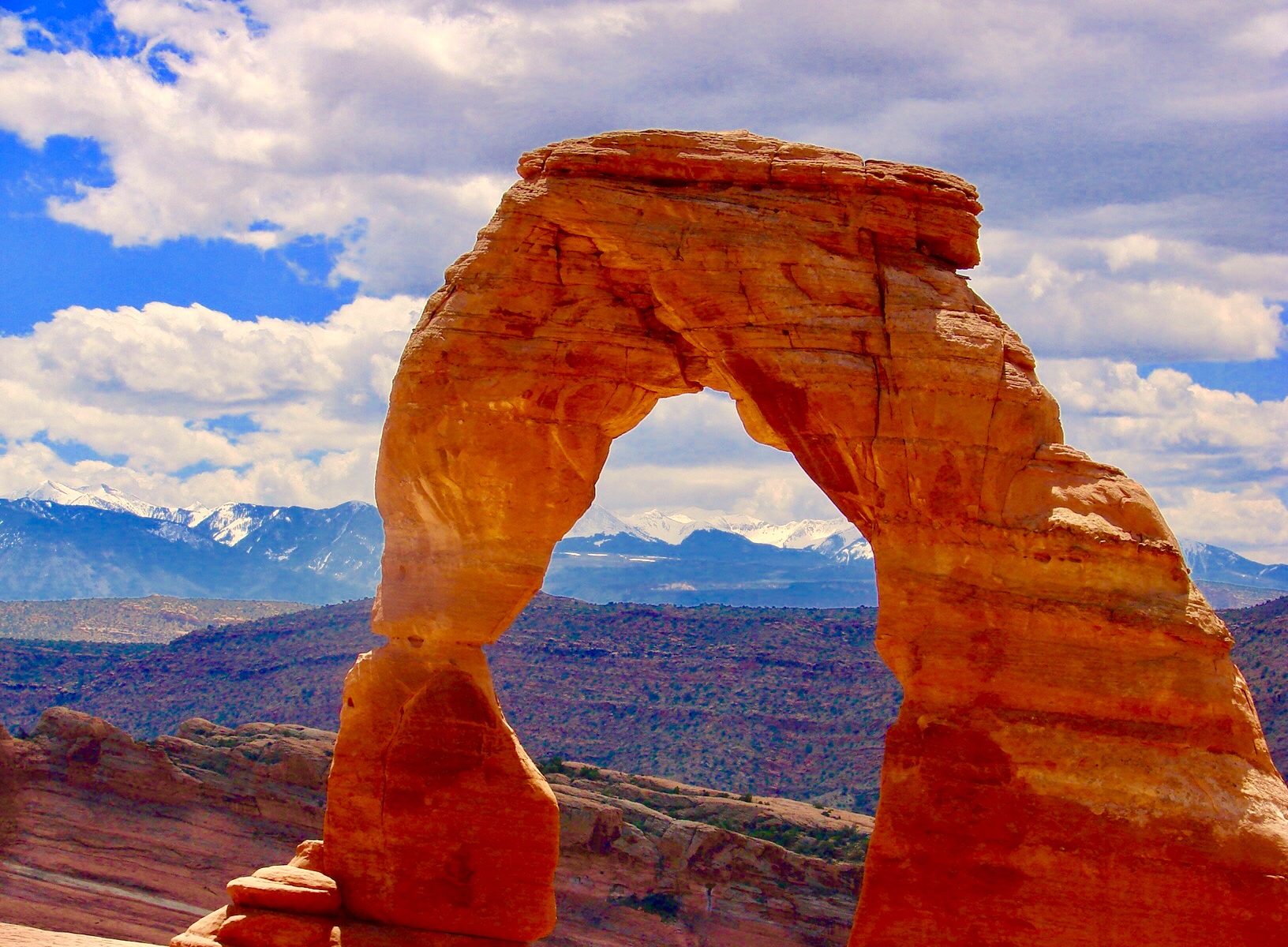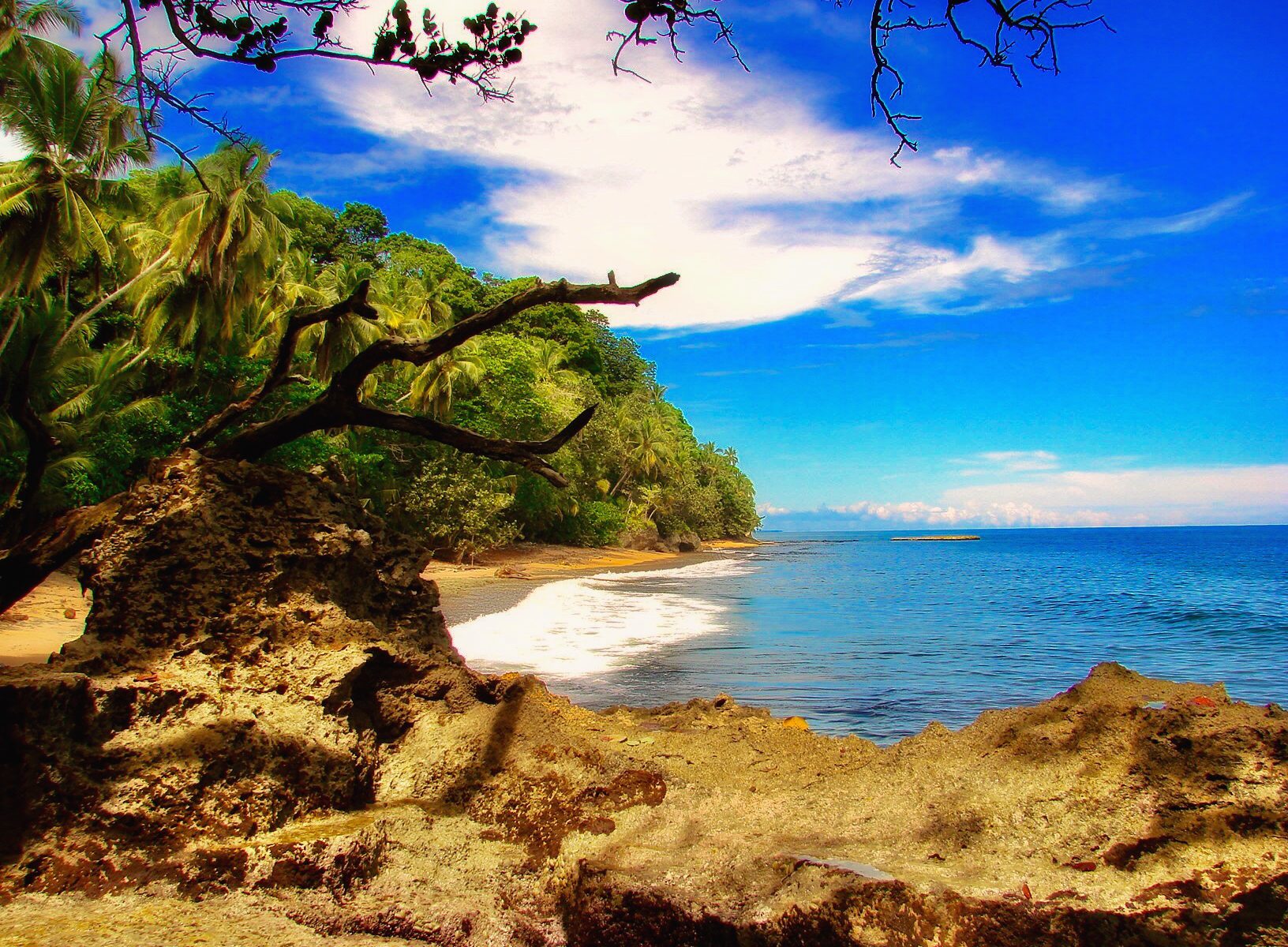One evening when I first moved to Ireland, I was sitting in a pub talking to a local and he told me it was easy to spot an American from a mile away. I laughed at the hilarity of his ill-informed comment and decided it was time to move on to a place where people knew what they were talking about. So I pulled my passport neck wallet out from inside my shirt, paid and left.
Traveling outside your region or country can be intimidating and I understand that feeling safe doesn’t always come naturally. But after many years traveling, I’ve come to realize that we often take off on a trip and leave the most important thing at home: our common sense. If you don’t want to be a target for thieves and tourist traps, the idea is to blend in, and avoid standing out like a tourist circus clown.
I recently asked my German beau what he thought some of the most obvious things are that scream, ‘TOURIST!’, and here was his response:
“American men wear short pants (shorts) with oversized bottom-up shirts (button-up shirts) that have half the sleeves cut off and little pineapples on them. They also wear those hats that have a sun shield attached (baseball cap) and either shoes for running or open toe’d shoes with socks… and American women wear flip flops everywhere.”
Let’s face it, Americans dress for comfort. Europeans dress for fashion. In Europe men don’t show their legs unless they are swimming, and depending on which beach you are on, they might be showing more than that. If you’ve never been to Europe, its hard to know how to look European so I’m going to tell you some of the most flagrant traveler faux pas’ in order to help you ‘blend’.
Let’s first talk about the most glaringly obvious I-am-a-tourist-from-a-wealthy-country-you-should-steal-from-me accessory: the khaki pant. Add some pleats to it, and well, you’re done for. It’s like a German traveling to the U.S. wearing his lederhosen and wondering how everyone seems to know he isn’t a local. While I understand that every American man adores his khakis, they are fashionable only in America and where they should remain when you fly oversees. Any other color slack or chino will do.
Moving on to the running shoe/white tube sock combo. Now, don’t get me wrong… I love my running shoes but Europeans only wear them for running. More than likely you are going to be walking quite a lot, so comfort is of course important, but think casual sneakers- not white, mesh toe’d running shoes. And leave their white tube sock counterparts in Oklahoma where they belong. Black is the new white in Europe.
If you need to pull out a map, don’t do it in the middle of Trafalgar Square. I can’t tell you the amount of times I’ve been somewhere and seen someone standing in an already cramped space, arms outstretched holding a map, while turning to find the right direction and knocking people over in their midst. T-O-U-R-I-S-T. If you must look at your map, use discretion or go to a café, order yourself a coffee and ask the barista or a local sitting at the bar for directions. Meanwhile, might I advise you to take the camera off your neck and put it somewhere a bit more discreet?
Sweatpants and track suit bottoms? Come on, guys. This is Europe.
I can assure you that the locals nowhere wear passport neck wallets or hidden-in-your-pants belt wallets, so if someone is looking for a tourist to rip off, they are going to go for slick Rick with the ‘hidden’ neck wallet, that of course isn’t anymore hidden than a normal wallet is the second they go to pay for something. Leave these at home with your khakis and Hawaiian florals.
I hate to say it, but most ‘traveling gadgets’ are as good as wearing a flashing ‘Rip Me Off’ sign over head. All you need is a small rolling suitcase, a good pair of walking shoes, a few outfits according to the climate and season, a pocket guide, a sleek camera that fits easily into your pocket, and a sense of adventure. No one will think for a second about stealing a camera from someone who doesn’t look like they have one.
Traveling is an absolute blast if you can master the art of blending. You don’t even need a map. In my opinion, getting lost is the best way to discover a place. Disappear into the city. Stop in a park or at a pavement café and ask a local if you really need directions. Answer when a stranger starts talking to you. You’ll most likely never see him again. He won’t know your name or where you work or who your Dad is or your greatest fears or how you packed and unpacked eight times to create that perfect outfit you are wearing. These are the precious moments traveling is made of and I urge you to lay your camera down and share the moment, suspended in time, before blending into the next unknown space.

